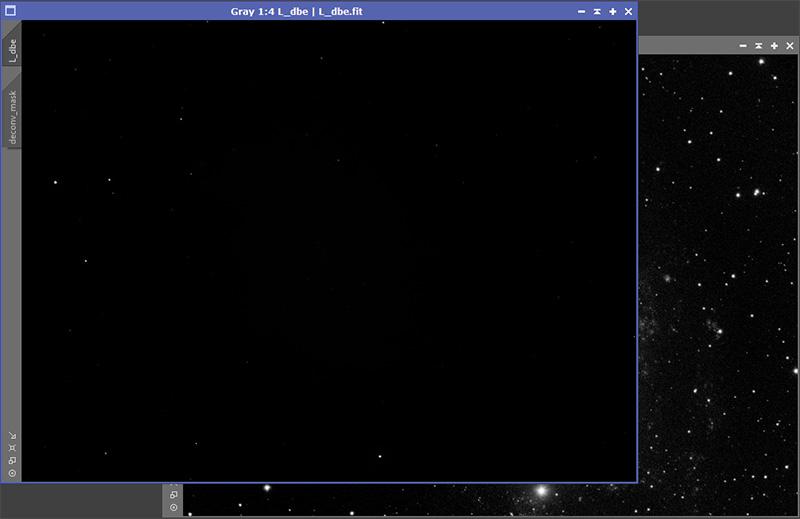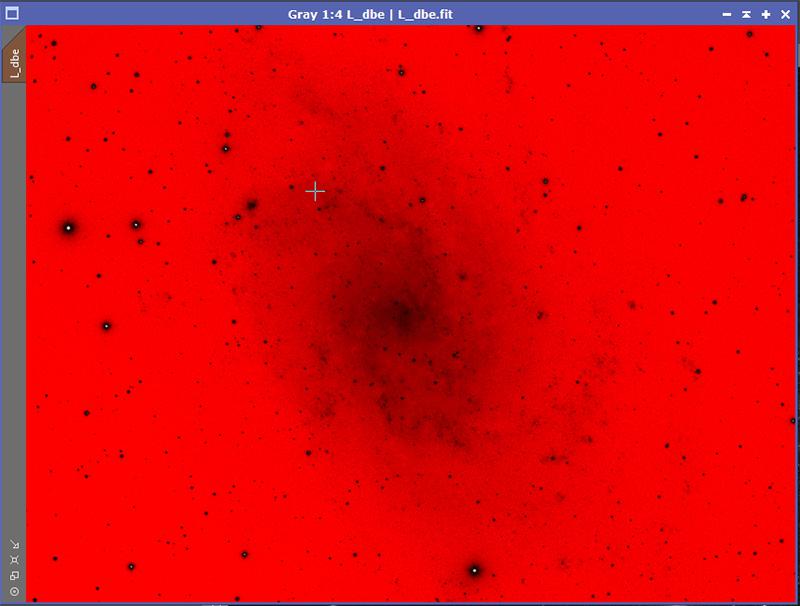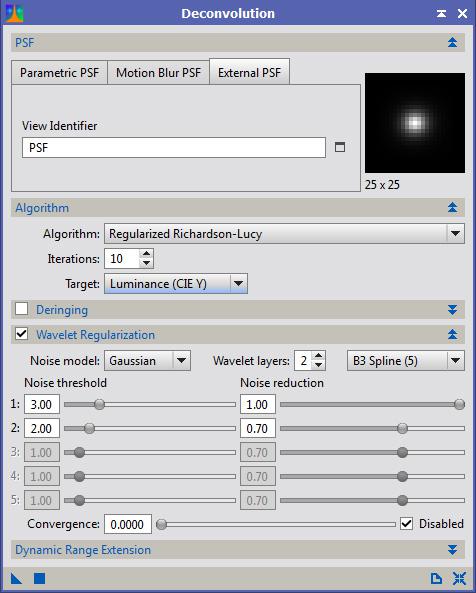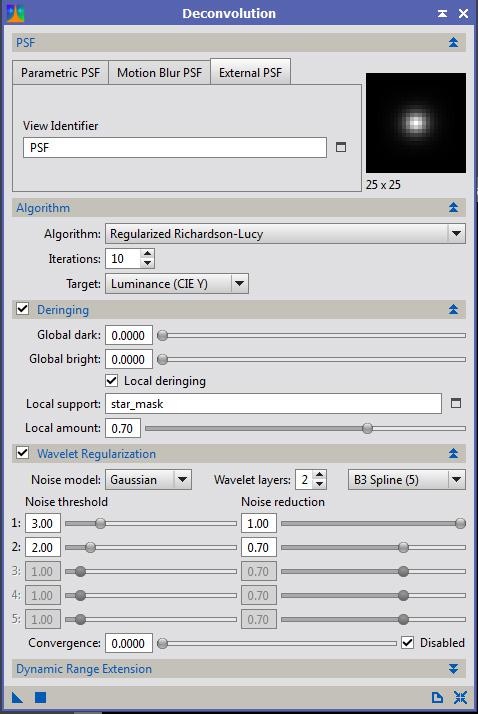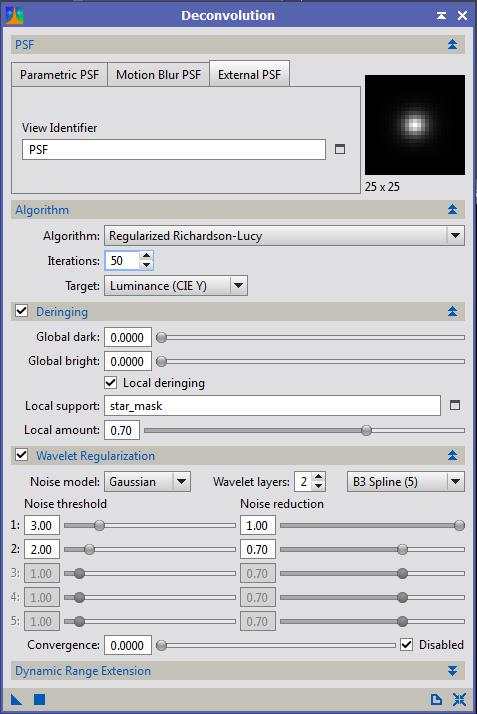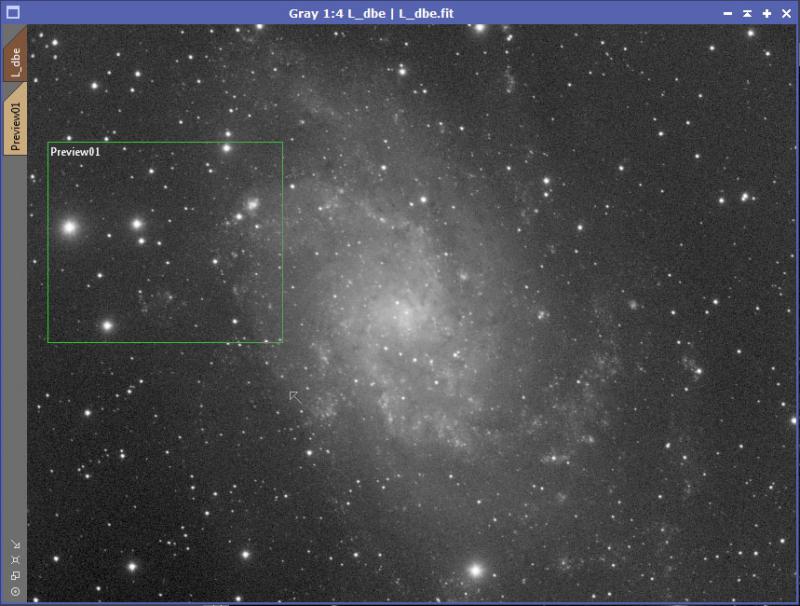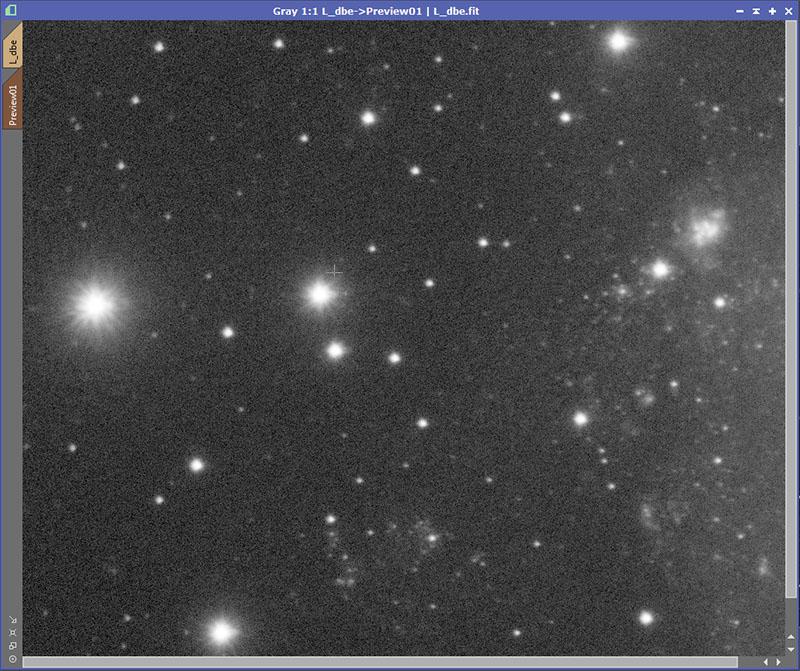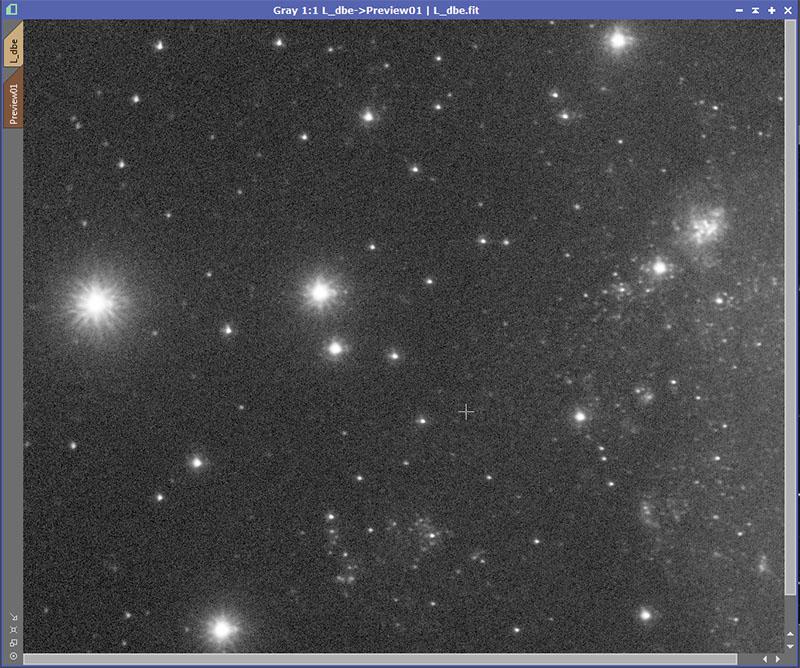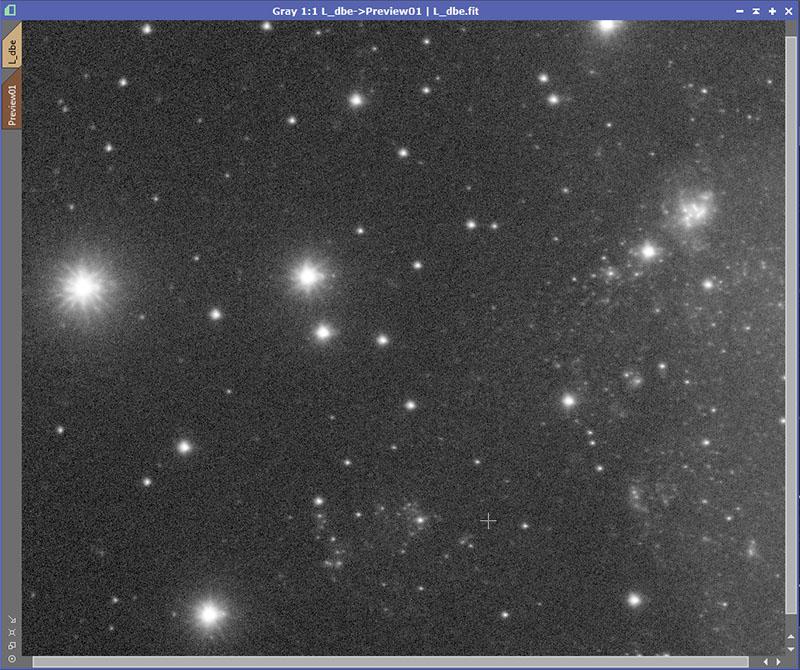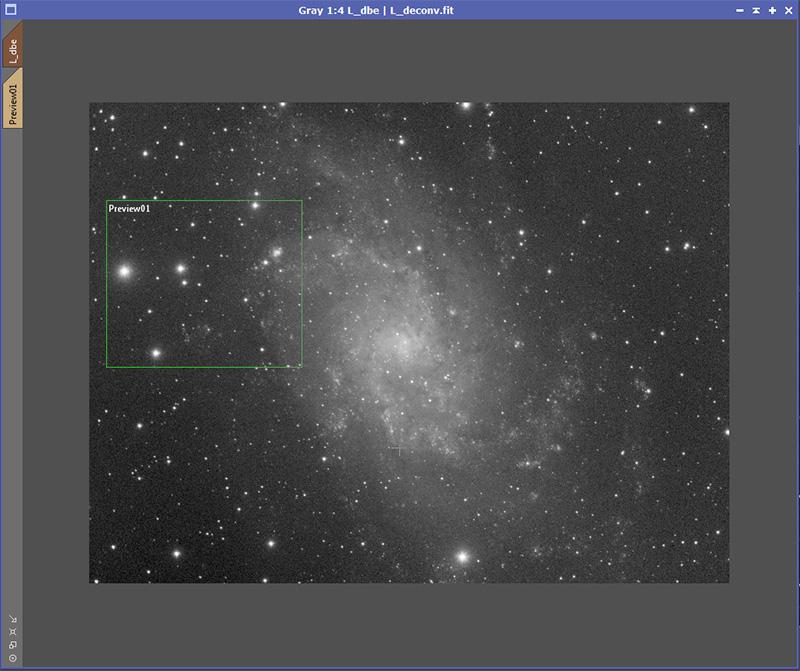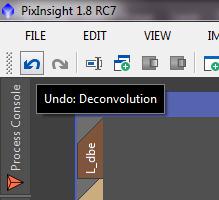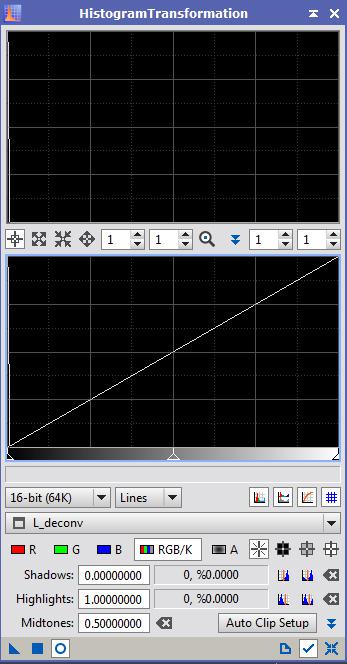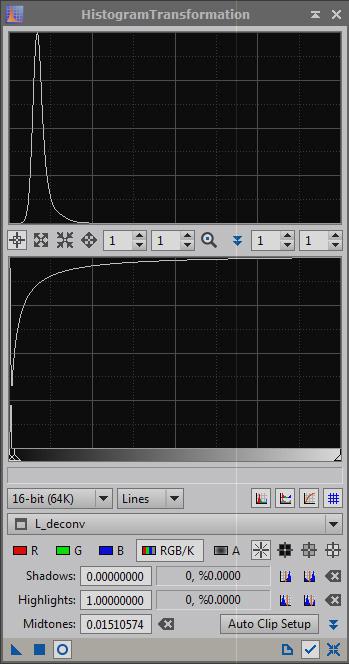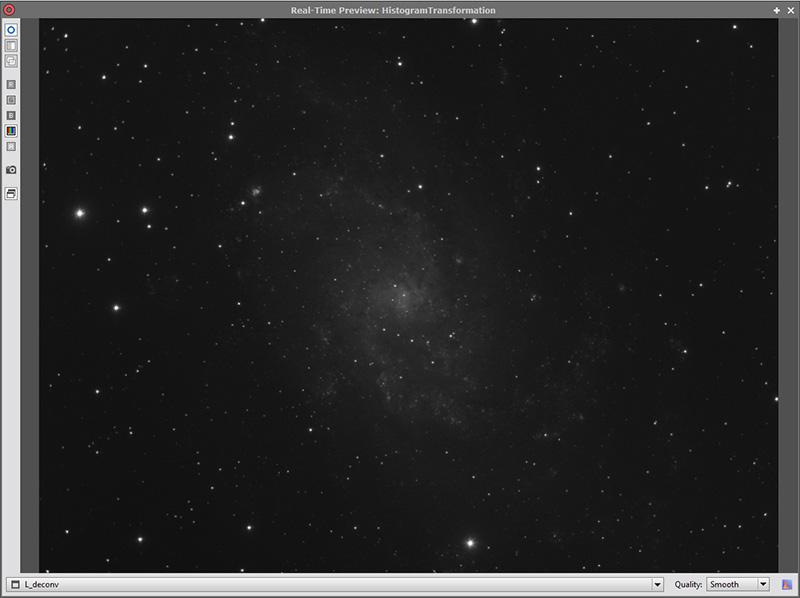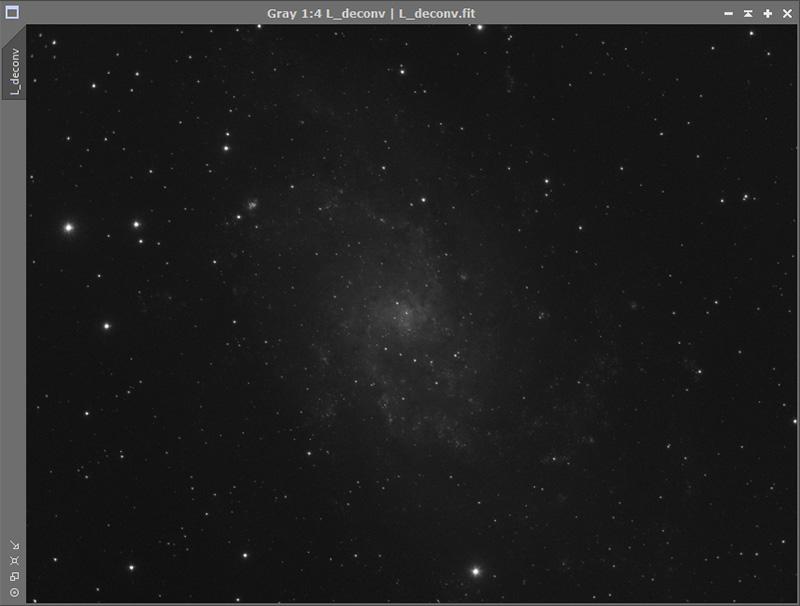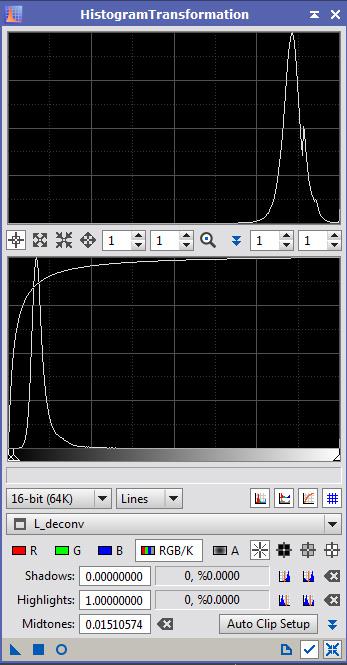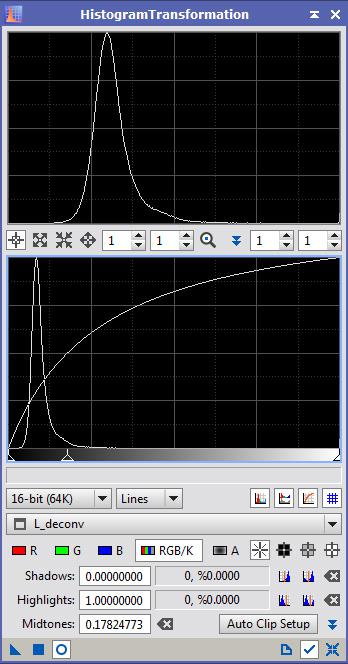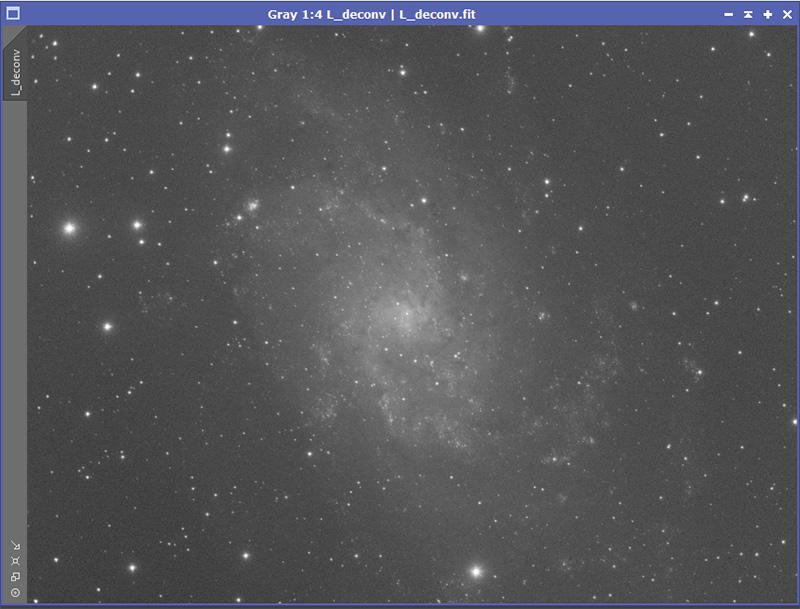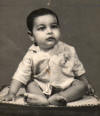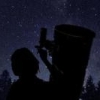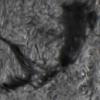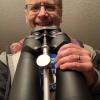
Processing Messier 33 in PixInsight - A Tutorial
#51

Posted 10 September 2013 - 10:33 AM
#52

Posted 10 September 2013 - 10:55 AM
FitsLibererator web page
StarTools is inexpensive and is a great value. It is only 60$ Australian.
It can be tried for free. You just cannot save the files.
StarTools web page
Although I primarily use PixInsight, I bought StarTools after I already had PixInsight, so that tells you I was pretty impressed with it. I liked some of the tools enough I thought it was a worthwhile addition to my tool chest.
DSS you already have and I have played with that. It is a good tool.
Jeff: It is no trouble going back and forth between PixInsight And StarTools at this stage. Once things are no longer linear, that is a different story.
You would simply save the PixInsight file as Tiff 16 bit with no compression. You then bring it into StarTools, do the deconvolution, and save as Tiff. You do lose some precision in the process because you have down converted from 32 bit floating point to 16 bit integer. But still it works well.
What IS true is that once you have stretched the data permanently (not just a Screen Transfer Function or [ctrl]a), StarTools will not be able to optimize its noise reduction. And processes like deconvolution that depend on linear data to work correctly will not work as well. You could still try importing the data and doing a reverse stretch which StarTools will try.
#53

Posted 10 September 2013 - 11:06 AM
#54

Posted 10 September 2013 - 11:12 AM
BTW, the key word here is optimize. Even if you bring over a non-linear image, the noise reduction in StarTools will still work. In fact, I have done it.
#55

Posted 10 September 2013 - 11:27 AM
In ST I usually do the initial noise reduction that ends tracking on the whole image with nothing masked off. Then if the background is still noisy, I do another noise reduction (now in a non-linear state) with the DSO masked off, so I can do a more aggressive noise reduction on the background.
This has been a great discussion. Thanks.
#56

Posted 10 September 2013 - 08:57 PM
1) The image of M33 we have been working on
2) The PSF image.
3) The star mask
4) The mask for protecting the background (deconv_mask)
Now you want to select the little tab that has the name of your deconv_mask (whatever you called it) and holding down the left mouse button, you want to drag it over to just below the tab with the name of your main image (in my case L_dbe). Then release the mouse button. This should apply the mask to your main image.
#57

Posted 10 September 2013 - 09:03 PM
If you have done this correctly, your main image will now have a red overlay that gives you an idea of what is masked and what isn't.
#58

Posted 10 September 2013 - 09:09 PM
You can tell a mask is still applied because the tab of the image name will still be colored brown.
Now bring up the deconvolution process. Click on the tab saying external PSF. Then click the little box next to view identifier and select your PSF image.
#61

Posted 10 September 2013 - 09:21 PM
Remember to do a screen transfer function on the main image so we can see what we are doing.
Here is my preview defined. That preview area is a good one because:
1) It has some really bright stars (which are easy to mess up)
2) Some regular stars.
3) Detail in the galaxy to be enhanced.
4) Background we don't want messed up.
#64

Posted 10 September 2013 - 09:33 PM
You can toggle back and forth looking at the original and new versions using [ctrl][shift]z.
#66

Posted 10 September 2013 - 09:47 PM
#67

Posted 10 September 2013 - 09:52 PM
You can compare the before and after by using the Undo and Redo buttons at the top right of PixInsight.
You might want to zoom in some using your middle mouse wheel when doing these comparisons. Don't forget to make sure you Redo as your last step. Otherwise, you might continue processing on the image before you did the deconvolution and that would waste all this work.
#68

Posted 10 September 2013 - 09:55 PM
#69

Posted 12 September 2013 - 06:31 PM
#72

Posted 12 September 2013 - 06:49 PM




